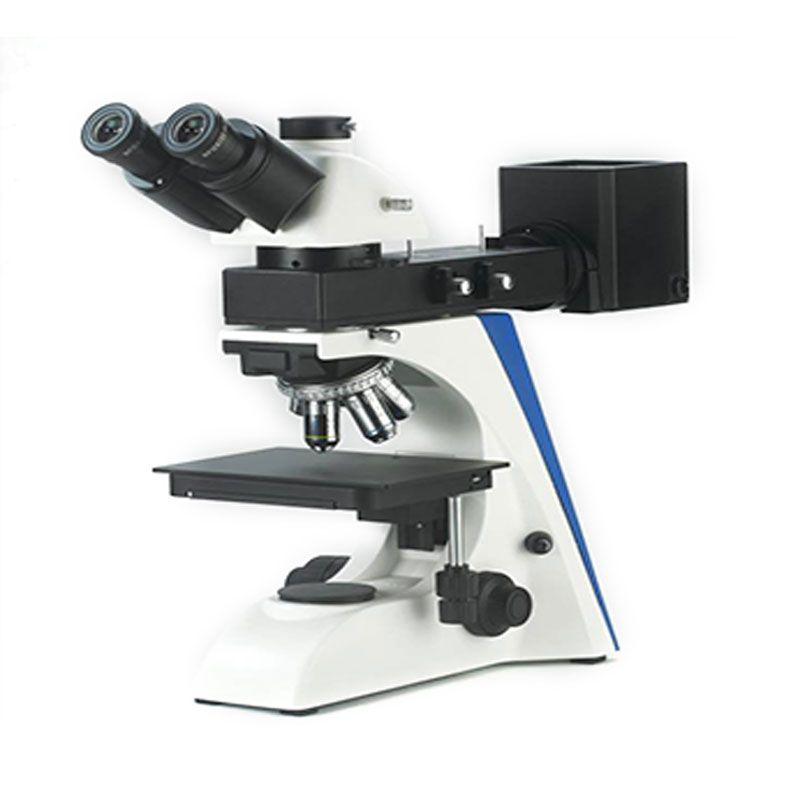Fluorescence microscope has a wide range of applications across various fields, particularly in the life sciences. Here are some key examples:
Immunofluorescence:
- Principle: Utilizes fluorescently labeled antibodies to specifically target and visualize proteins or other molecules within cells and tissues.
- Applications:
- Investigating protein localization and distribution within cells.
- Studying protein-protein interactions.
- Detecting and quantifying specific proteins in disease states.
Fluorescence In Situ Hybridization (FISH):
- Principle: Employs fluorescently labeled probes that bind to specific DNA or RNA sequences.
- Applications:
- Detecting chromosomal abnormalities.
- Diagnosing genetic diseases.
- Studying gene expression patterns.
Live Cell Imaging:
- Principle: Allows dynamic observation of cellular processes in real-time.
- Applications:
- Tracking cell migration and movement.
- Observing cell division and growth.
- Investigating intracellular trafficking and signaling pathways.
Flow Cytometry:
- Principle: Analyzes the properties of cells and particles in suspension by passing them through a laser beam and detecting the scattered light and emitted fluorescence.
- Applications:
- Cell sorting and counting.
- Immunophenotyping (identifying cell types based on surface markers).
- Analyzing cell size and complexity.
Materials Science:
- Applications:
- Studying the properties of materials at the nanoscale.
- Imaging defects and impurities in materials.
- Investigating the distribution of fluorescently labeled molecules within materials.

